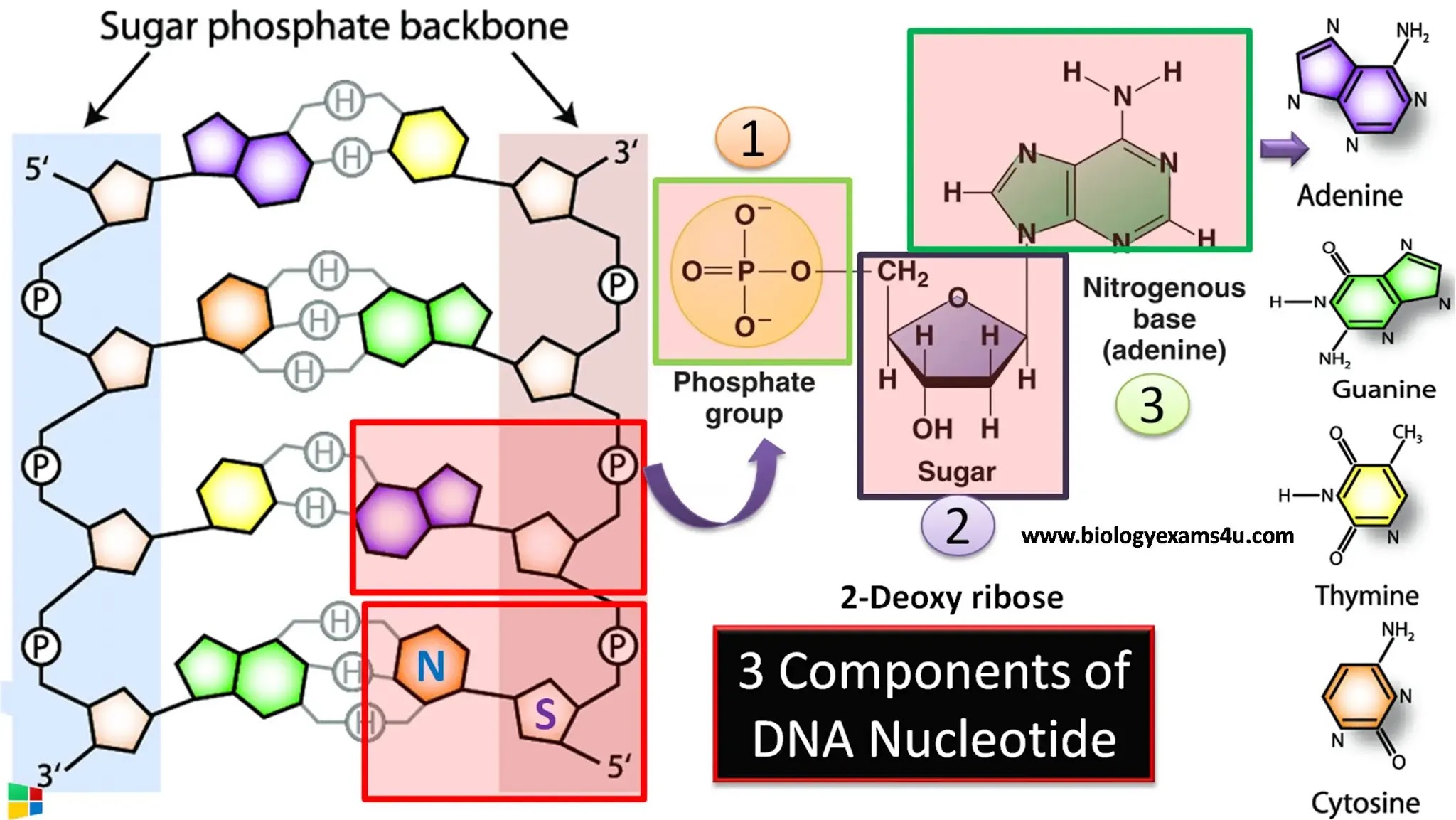DNA, the blueprint of life, is a fascinating molecule that carries the genetic instructions necessary for the growth, development, and functioning of all living organisms. Understanding what bonds hold DNA together is crucial for grasping the fundamental principles of genetics and molecular biology. The structure of DNA is often described as a double helix, which was famously elucidated by James Watson and Francis Crick in 1953. This iconic shape is not merely a visual representation; it is a testament to the intricate interactions and bonds that stabilize this vital molecule.
Within the DNA helix, various types of bonds play a critical role in maintaining its structure and ensuring the integrity of genetic information. The interplay between these bonds facilitates the essential processes of replication and transcription, allowing genetic material to be accurately copied and expressed. As we delve deeper into the world of DNA, we will explore the types of bonds that hold this remarkable molecule together and how they contribute to its functionality.
In this article, we will answer some key questions surrounding the bonds that hold DNA together, shedding light on their significance in the realm of biology. By understanding these bonds, we can better appreciate the complexities of life itself, from cellular processes to the inheritance of traits. Join us on this journey as we uncover the secrets of DNA and the bonds that unite its structure.
What Are the Main Bonds That Hold DNA Together?
To comprehend the structural integrity of DNA, it’s essential to identify the primary types of bonds involved. These include:
- Hydrogen Bonds: These are weak attractions between the nitrogenous bases of the DNA strands, specifically between adenine-thymine (A-T) and cytosine-guanine (C-G) pairs.
- Covalent Bonds: Stronger than hydrogen bonds, these bonds connect the sugar and phosphate groups in the DNA backbone, forming the sugar-phosphate backbone that provides stability to the entire molecule.
- Base Pairing: The specific pairing of nucleotides through hydrogen bonds is crucial for the double helical structure of DNA.
How Do Hydrogen Bonds Contribute to DNA Structure?
Hydrogen bonds are integral to the stability of the DNA double helix. Each base pair is held together by hydrogen bonds, allowing the two strands of DNA to remain closely associated while still being able to separate for replication and transcription. The A-T pair forms two hydrogen bonds, while the C-G pair forms three, making the latter stronger and contributing to the overall stability of the DNA molecule.
What Role Do Covalent Bonds Play in DNA Stability?
Covalent bonds are essential for creating the sugar-phosphate backbone of DNA. Each nucleotide in a DNA strand is linked to its neighbor through covalent bonds between the phosphate group of one nucleotide and the sugar of the next. This backbone is not only vital for structural integrity but also serves as the framework for the attachment of nitrogenous bases.
How Do Base Pairing Rules Affect DNA Structure?
The rules of base pairing dictate that adenine pairs with thymine and cytosine pairs with guanine. This complementary pairing is crucial for the accurate replication of DNA, ensuring that genetic information is preserved across generations. The specific interactions between bases contribute to the overall helical structure of DNA, allowing it to maintain its stability while still being flexible enough for necessary biological processes.
Are There Other Types of Bonds That Influence DNA Function?
While hydrogen and covalent bonds are the primary forces that hold DNA together, other interactions also play a role in its overall structure and function:
- Hydrophobic Interactions: The hydrophobic nature of the nitrogenous bases encourages them to stack together, minimizing exposure to water and providing additional stability to the DNA structure.
- Ionic Bonds: These bonds can occur between charged groups within the DNA and surrounding molecules, influencing the overall stability and conformation of the DNA molecule.
What Happens When DNA Bonds Are Disrupted?
Disruption of the bonds that hold DNA together can lead to significant biological consequences. For instance, if hydrogen bonds are broken, the double helix can unwind, leading to replication errors or issues with gene expression. Similarly, damage to the covalent bonds in the sugar-phosphate backbone can result in mutations or even complete DNA degradation. Understanding these potential disruptions is critical for fields such as genetics, cancer research, and biotechnology.
How Do Scientists Study DNA Bonds?
Scientists employ various techniques to study the bonds that hold DNA together. Methods include:
- X-ray Crystallography: Used to determine the three-dimensional structure of DNA and how the bonds contribute to its configuration.
- Nuclear Magnetic Resonance (NMR) Spectroscopy: Allows researchers to observe the dynamics of DNA and the interactions between different components.
- Biochemical Techniques: Techniques like DNA sequencing and polymerase chain reaction (PCR) help scientists understand how changes in bonds can affect genetic information.
What Are the Implications of Understanding DNA Bonds?
Understanding what bonds hold DNA together has profound implications across multiple disciplines. In medicine, it can lead to advancements in gene therapy and targeted treatments for genetic disorders. In agriculture, it can enhance crop yield and resistance to diseases. Furthermore, in forensic science, knowledge of DNA bonding is crucial for accurate DNA profiling and criminal investigations.
In conclusion, the intricate web of bonds that hold DNA together is fundamental to the life processes of all organisms. From hydrogen bonds that form between base pairs to the robust covalent connections within the sugar-phosphate backbone, each bond plays a unique role in ensuring the stability and functionality of this essential molecule. By continuing to study these bonds, scientists can unlock further secrets of genetics and pave the way for innovative solutions to some of humanity's most pressing challenges.
Exploring The Essence Of Filmpalst To: A Journey Through Cinematic Creativity
Exploring Bolly 4U Org.in: A Gateway To Bollywood Entertainment
Unlocking The Benefits Of Klik BCA Individual: Your Ultimate Guide


